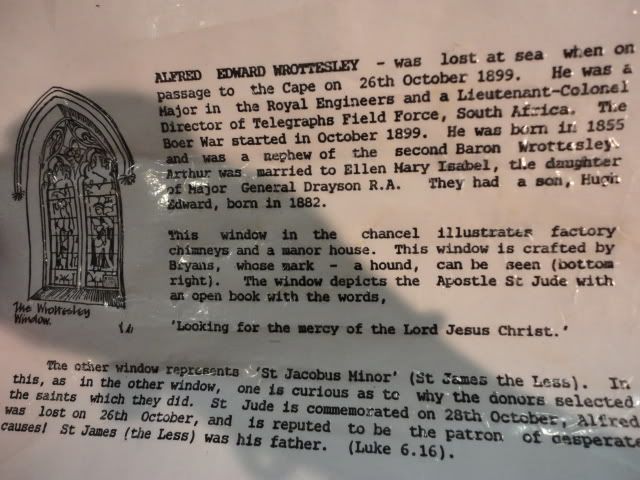Hi,
This is my first time on the forum. I am an Australian living in Brighton, England. My Grandfather was Francis John Graham.
He was service number 22594. He was in the Irish Imperial Yeomanry. North Irish Horse, Belfast Company.
17th Battalion. 60th Company.
He was awarded QSA Medals Rolls. I do not know what they are awarded for. Would any one let me know please.
My father told me was awarded other medals but he did not tell me what they were for and they were stolen.
I am told i should make an appointment to go to Kew. To see special records of his service.
I have already been to Kew and got all the information above that you see. Should i make an appointment to go back to Kew to further my
investigation in to him to see if their is more on him as i just went to public records which any one could go to.
My father also told me that my Grandfather would of taken his own horse. I find that hard to believe. He is dead now so i cannot check that
Thanks Sean Graham
This is my first time on the forum. I am an Australian living in Brighton, England. My Grandfather was Francis John Graham.
He was service number 22594. He was in the Irish Imperial Yeomanry. North Irish Horse, Belfast Company.
17th Battalion. 60th Company.
He was awarded QSA Medals Rolls. I do not know what they are awarded for. Would any one let me know please.
My father told me was awarded other medals but he did not tell me what they were for and they were stolen.
I am told i should make an appointment to go to Kew. To see special records of his service.
I have already been to Kew and got all the information above that you see. Should i make an appointment to go back to Kew to further my
investigation in to him to see if their is more on him as i just went to public records which any one could go to.
My father also told me that my Grandfather would of taken his own horse. I find that hard to believe. He is dead now so i cannot check that
Thanks Sean Graham














